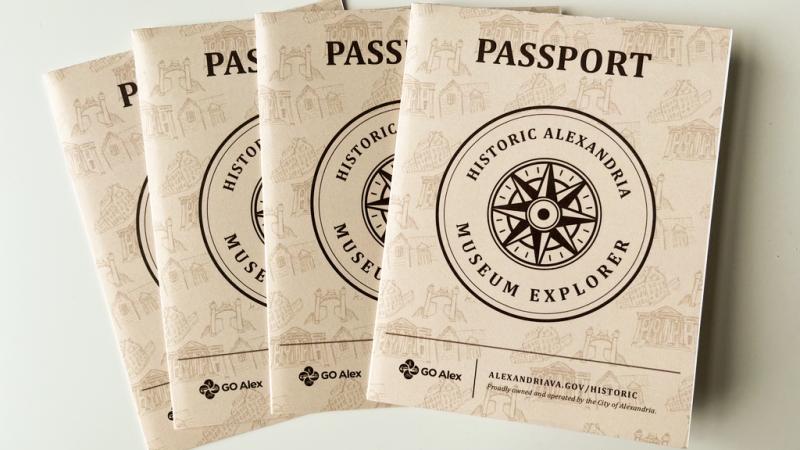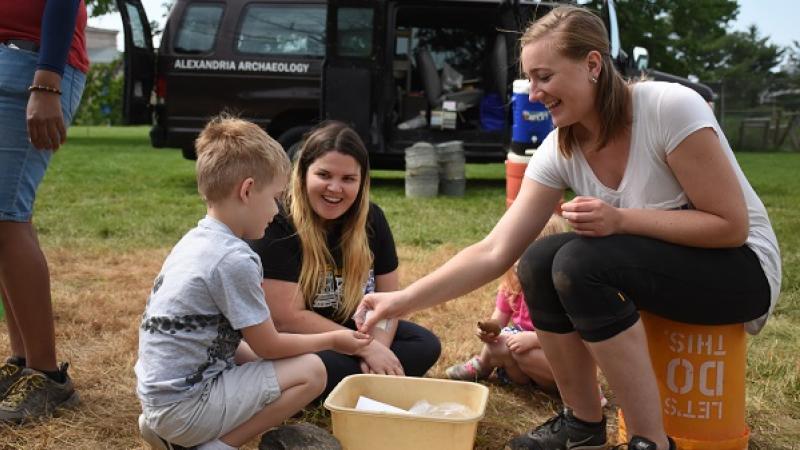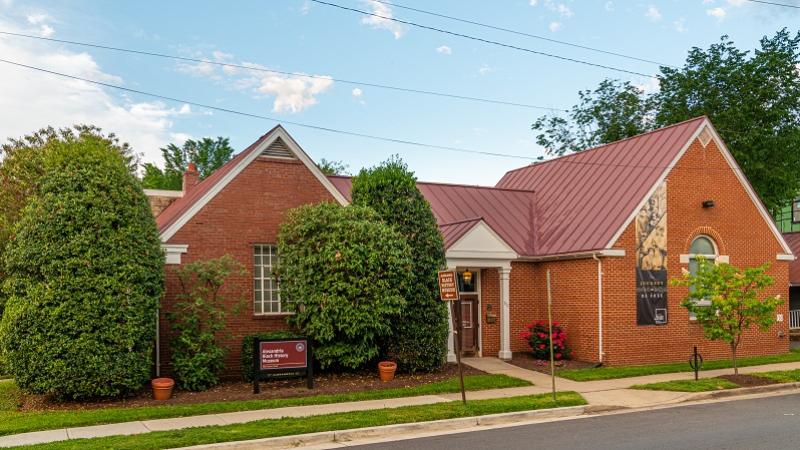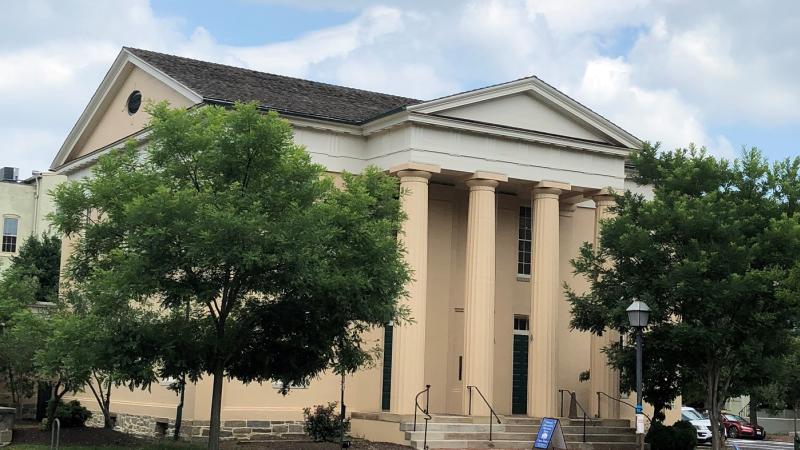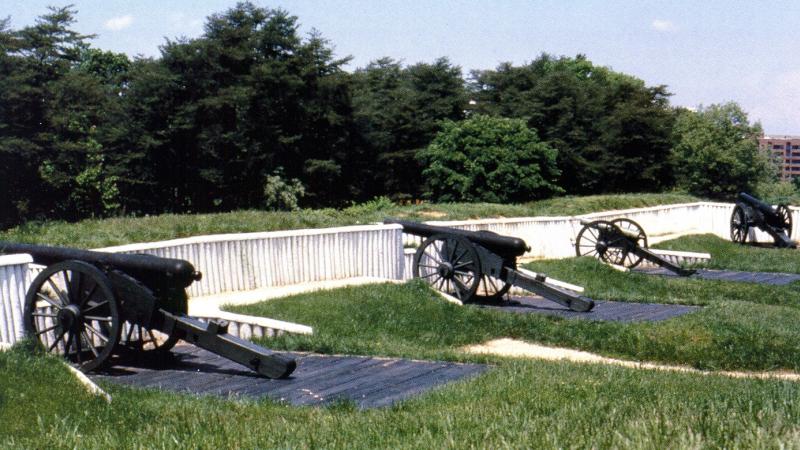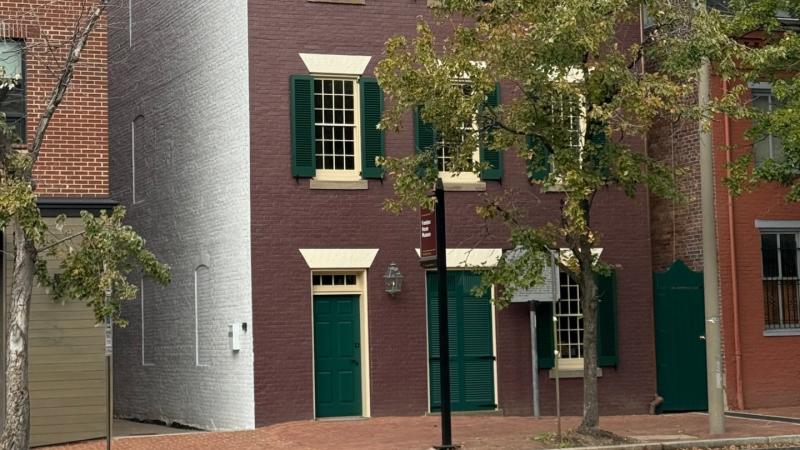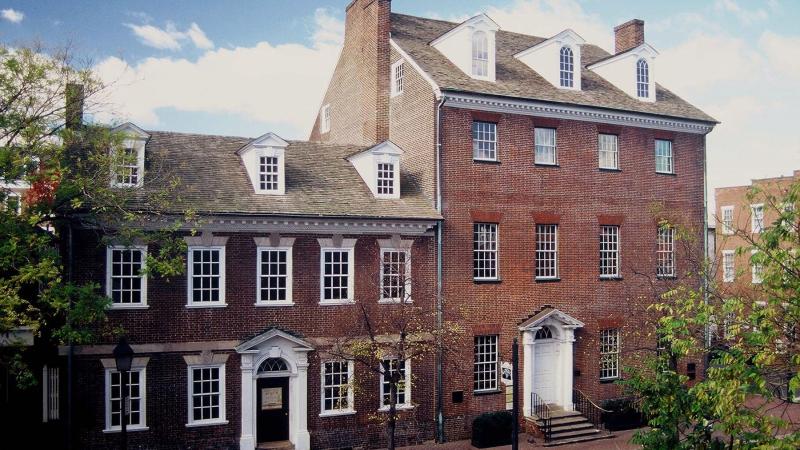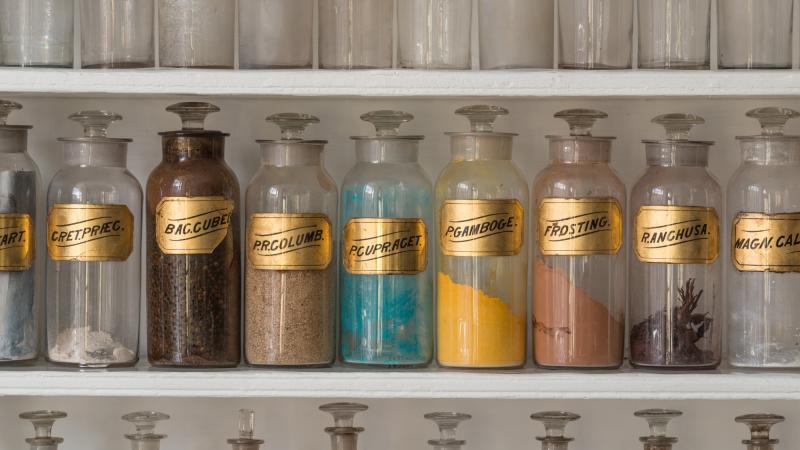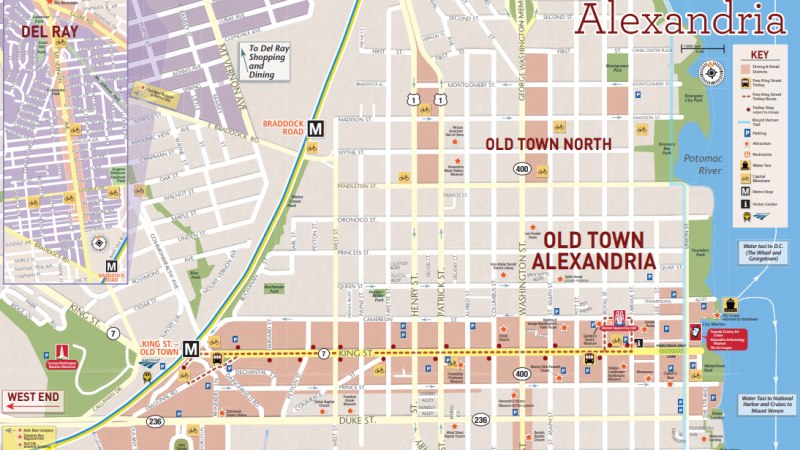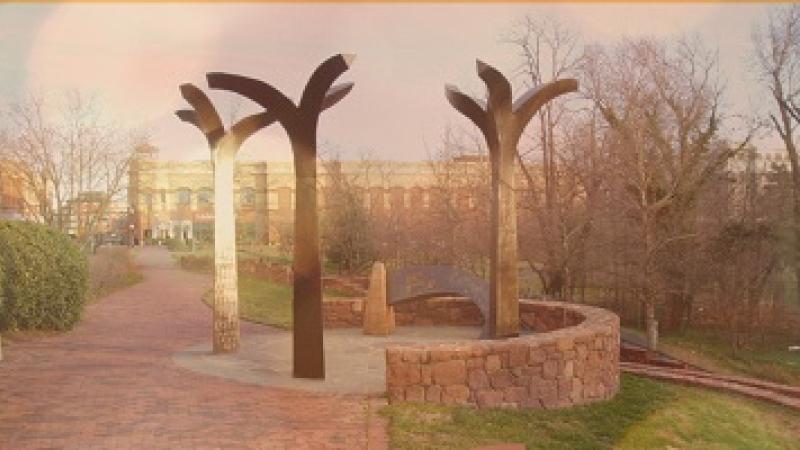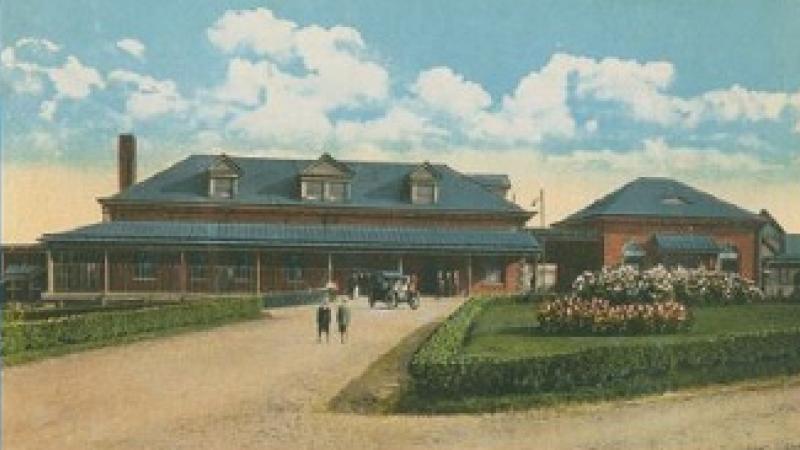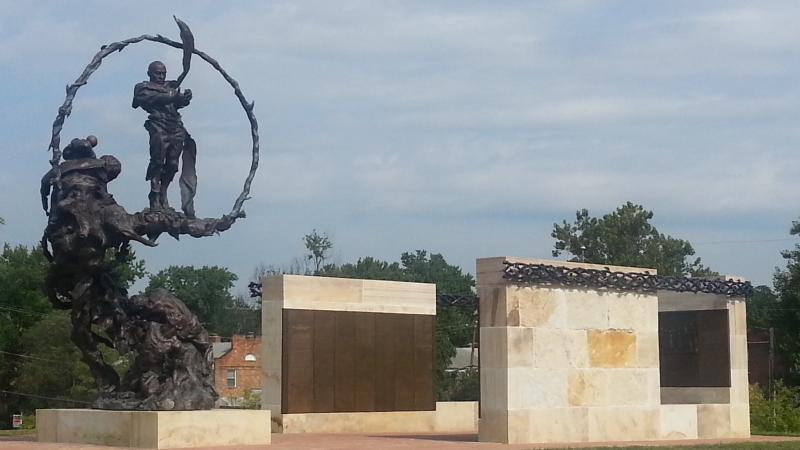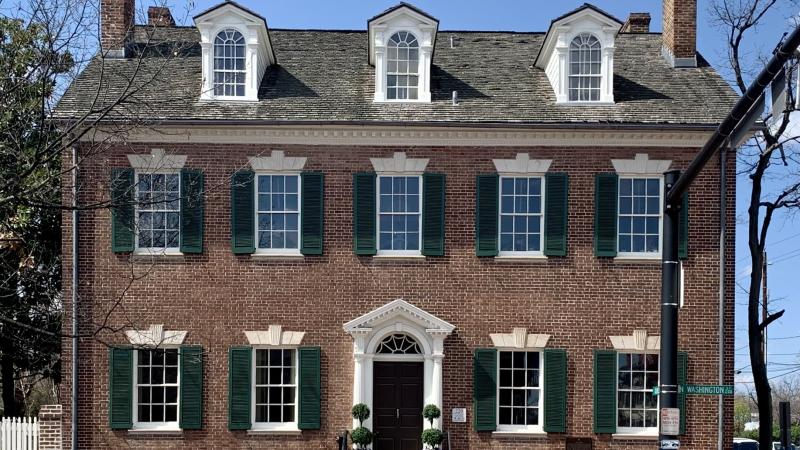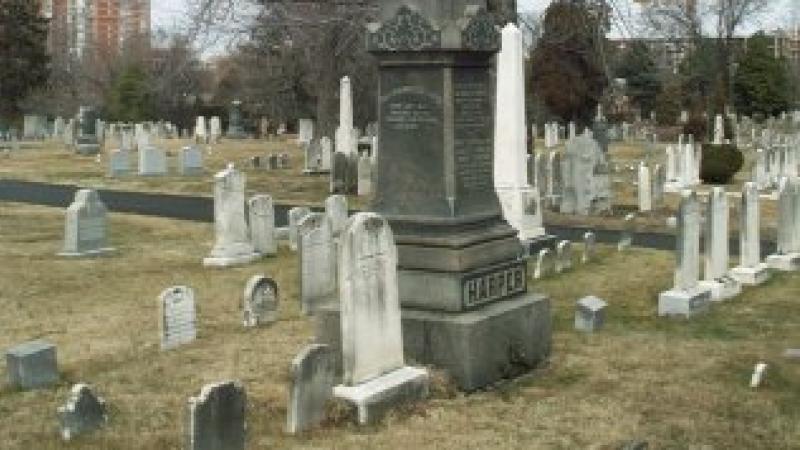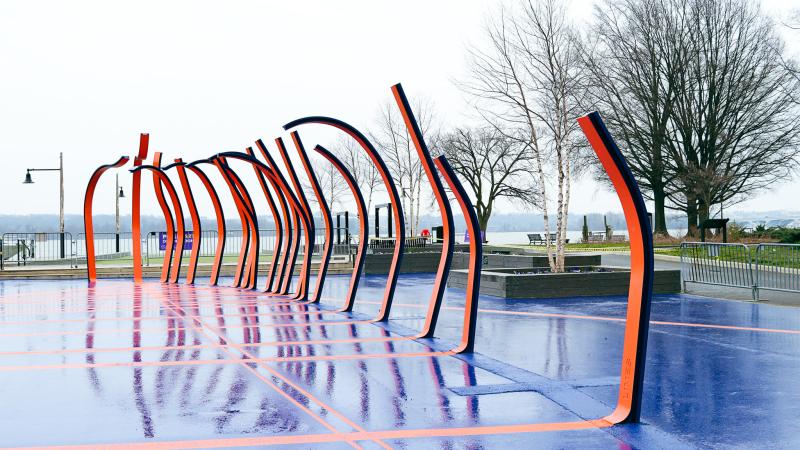Plan Your Visit
Plan Your Visit
Explore hundreds of years of history through the City's museums, trails, and markers. Visit Alexandria has a complete list of historic attractions, overnight accommodations, and transportation options through the City.
City of Alexandria residents receive free admission to all City-operated museums listed below. Out-of-town guests may wish to purchase the Key to the City museum pass, which is available for purchase at all Historic Alexandria Museums and the Alexandria Visitor Center. Active-duty military personnel and their families receive free admission year-round through the Blue Star Museums program.
Holiday Hours
Schedule of Services for Christmas and New Year's holidays:
Wednesday, December 24
- Alexandria Archaeology Museum and Stabler-Leadbeater Apothecary Museum, open 11 a.m. to 4 p.m. as usual
- All other museums closed as usual
Thursday, December 25
- All Historic Alexandria museums will be closed
Friday, December 26
- Alexandria Black History Museum, Alexandria History Museum at The Lyceum, Fort Ward Museum, Freedom House Museum, Friendship Firehouse Museum, closed
- Alexandria Archaeology Museum, Gadsby's Tavern Museum, Stabler-Leadbeater Apothecary Museum, open 11 a.m. to 5 p.m. as usual
Saturday, December 27
- Fort Ward Museum, Friendship Firehouse Museum, closed
- All other museums open 11 a.m. to 5 p.m. as usual
Thursday, January 1
- All Historic Alexandria museums will be closed
Museum Hours and Admission
Select a museum below to learn more about its exhibits and how to purchase tickets in advance.
